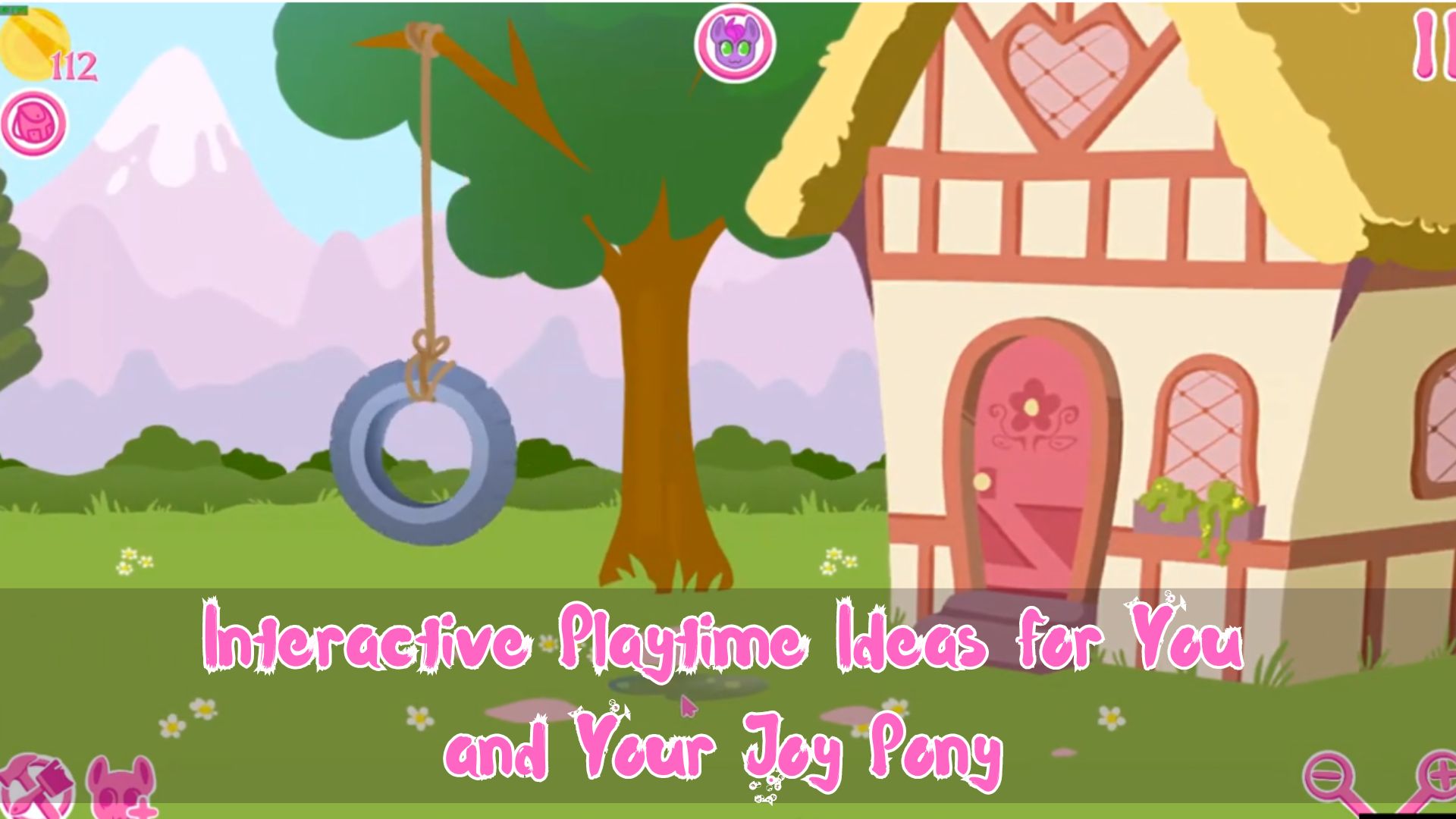Horses have been companions to humans for centuries, offering not just utility but also deep emotional connections. Whether you own a horse for recreational riding, competition, or simply as a beloved pet, engaging in interactive playtime can strengthen your bond and provide enrichment for both you and your equine friend. This article explores various creative and enjoyable activities that you can share with your joy pony to enhance your relationship and their well-being.
Understanding Equine Play Behavior
Before diving into specific activities, it’s important to understand how joy pony play. Play behavior in horses can vary widely depending on their age, personality, and environment. Young horses, especially foals, engage in more overtly playful behaviors such as running, bucking, and chasing. As horses mature, play often involves social interactions such as mutual grooming, nibbling, and mock-fighting. Adult horses also enjoy mental stimulation and physical activity, which are crucial for their overall health and happiness.
Safety First
Before engaging in any play activities with your horse, prioritize safety. Ensure that your horse is healthy and fit for the activity, and always use appropriate equipment such as properly fitting tack and protective gear. Additionally, choose a safe and secure environment free from hazards such as uneven ground or sharp objects. Supervision and common sense are key to preventing accidents and ensuring a positive experience for both you and your horse.
Interactive Playtime Ideas
1. Groundwork Exercises
Groundwork exercises not only build trust and respect between you and your horse but also provide mental stimulation and physical conditioning. Some popular groundwork exercises include:
- Leading Exercises: Practice leading your horse over obstacles or through patterns. This helps improve communication and reinforces obedience.
- Longeing: Longeing involves your horse moving in a circle around you at the end of a long lead rope. This can be a great way to release excess energy and teach voice commands.
- Desensitization: Introduce your horse to different objects and stimuli to build confidence and trust in various situations.
2. Obstacle Courses
Set up an obstacle course in an arena or field using items such as cones, poles, and barrels. Guide your horse through the course, encouraging them to navigate different challenges. This not only sharpens their responsiveness to your cues but also adds an element of fun and accomplishment.
3. Trick Training
Teach your horse simple tricks such as bowing, shaking hands (or hooves), or even fetching objects. Trick training stimulates your horse’s mind and builds their dexterity while strengthening your bond through positive reinforcement.
4. Trail Riding and Exploration
Take your horse on trail rides through varying terrain. Trail riding exposes them to new sights, sounds, and smells, making it both an educational and enjoyable experience. It also provides physical exercise and mental stimulation as your horse navigates natural obstacles.
5. Interactive Toys and Treats
Introduce interactive toys designed for horses, such as treat balls or hanging feeders. These toys stimulate curiosity and problem-solving skills while rewarding your horse with treats as they interact. Be sure to choose toys that are safe and durable for equine use.
6. Water Play
On a warm day, consider introducing your horse to water play. Allow them to splash and play in a shallow pond or stream under supervision. Many horses enjoy water and find it refreshing, which can make for a delightful and memorable experience.
7. Agility and In-Hand Work
Similar to agility training for dogs, set up small jumps or low obstacles for your horse to navigate on the ground. This improves their coordination and responsiveness while providing physical exercise and mental engagement.
8. Social Interactions
If your horse is kept with others, arrange play dates or turnout time where they can interact with their pasture mates. Social interactions are important for equine well-being and can foster natural play behaviors such as grooming and mutual exploration.
Tips for Successful Playtime
- Start Slow: Introduce new activities gradually and ensure your horse is comfortable and confident before progressing.
- Use Positive Reinforcement: Reward your horse with praise, treats, or breaks during playtime to reinforce desired behaviors and keep sessions enjoyable.
- Be Patient: Every horse is unique, so allow time for them to learn and adapt to new activities at their own pace.
- Monitor Health: Regularly assess your horse’s physical condition and behavior to ensure playtime remains safe and beneficial.
Conclusion
Interactive playtime with your joy pony is not just a means of entertainment but a vital component of their mental and physical well-being. By engaging in thoughtful and stimulating activities together, you can strengthen your bond with your horse while promoting their overall happiness and health. Whether you choose groundwork exercises, obstacle courses, trick training, or simply exploring the great outdoors, each activity enriches your relationship and fosters a deeper understanding of your equine companion. Remember, the joy of play is universal, and sharing these moments with your horse creates lasting memories that enhance both your lives. So, go ahead and embark on new adventures together—your joy pony is waiting to play!

